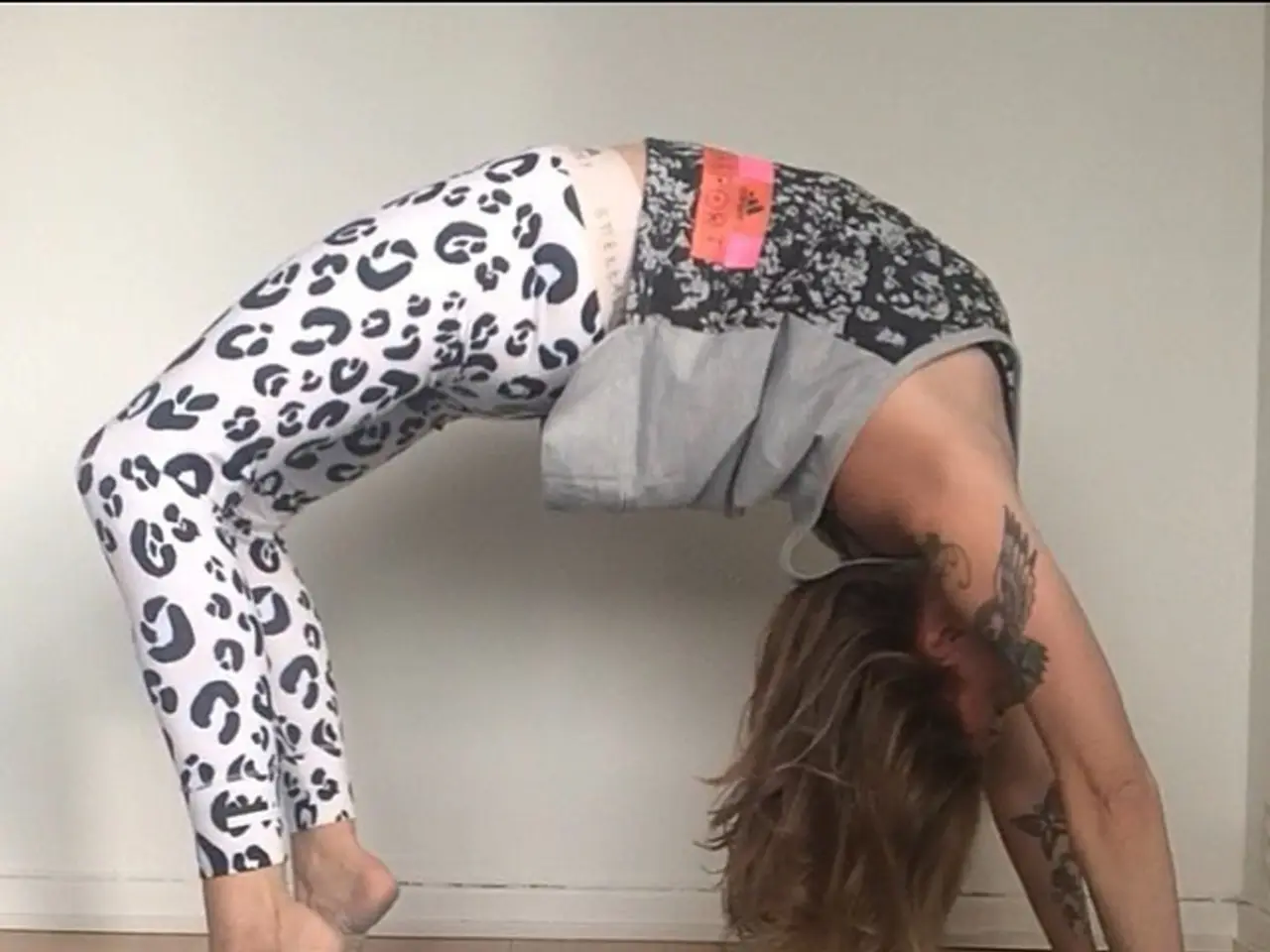Yoga's Impact on Blood Pressure and General Health: Exploring Potential Advantages
In the realm of non-pharmacological interventions for high blood pressure, yoga emerges as a significant and evidence-based option. Over the years, numerous studies have demonstrated the potential benefits of this mind-body therapy on cardiovascular health.
A study published in July 2025 revealed that a six-month-long yoga practice significantly reduced heart rate, systolic and diastolic blood pressure, and body weight, suggesting that sustained yoga routines can offer clinically meaningful improvements in cardiovascular health [2]. Even a shorter intervention of four weeks has shown the ability to reverse vascular aging processes, which are associated with increased arterial stiffness and higher blood pressure [3].
Multicomponent studies have consistently reported substantial improvements in blood pressure, pulse rate, and respiratory parameters in those who practice yoga [4]. Specific yogic techniques, such as Pranayama (yogic breathing exercises), have been found to significantly lower both systolic and diastolic blood pressure compared to controls, with statistical significance [5].
Recent network meta-analyses have ranked yoga among the top interventions for reducing diastolic blood pressure. While Tai Chi and Interval Exercise Training (IET) may show slightly greater effectiveness for certain blood pressure measures, yoga is consistently ranked as a significant option for blood pressure management [1].
Practicing yoga for 30-45 minutes at least 5 days a week can potentially benefit people with high blood pressure. Other helpful measures for managing blood pressure include quitting smoking, maintaining a healthy weight, limiting alcohol intake, and following the doctor's instructions.
Brisk walking for 50-60 minutes, 4 days a week, can also potentially benefit people with high blood pressure. However, the current scientific evidence strongly supports the use of yoga as a non-pharmacological intervention for lowering high blood pressure.
It is important to note that yoga should not be considered a replacement for treatments and medications recommended by a healthcare professional. Yoga experts recommend starting with a qualified instructor to ensure correct and safe execution of poses. When practiced with professional guidance, yoga is likely to be a safe choice for people with high blood pressure.
Research is being conducted to understand the health benefits of yoga further, and it is hoped that more evidence will emerge to support its use in the management of high blood pressure. The popularity of yoga in the United States continues to grow, and it is increasingly being recognised as a valuable tool in maintaining cardiovascular health.
- In the realms of non-pharmacological interventions, yoga ranks as a significant and research-based option for managing high blood pressure.
- A study published in July 2025 indicates that a six-month yoga practice can lead to clinically significant reductions in heart rate, blood pressure, and body weight.
- Even a short four-week yoga intervention has demonstrated the ability to reverse vascular aging processes associated with increased arterial stiffness and higher blood pressure.
- Multicomponent studies have shown substantial improvements in blood pressure, pulse rate, and respiratory parameters for those practicing yoga.
- Specific yogic techniques, like Pranayama, have been found to lower both systolic and diastolic blood pressure significantly compared to controls.
- Yoga is consistently ranked among the top interventions for reducing diastolic blood pressure, falling slightly behind Tai Chi and Interval Exercise Training (IET) in certain blood pressure measures.




